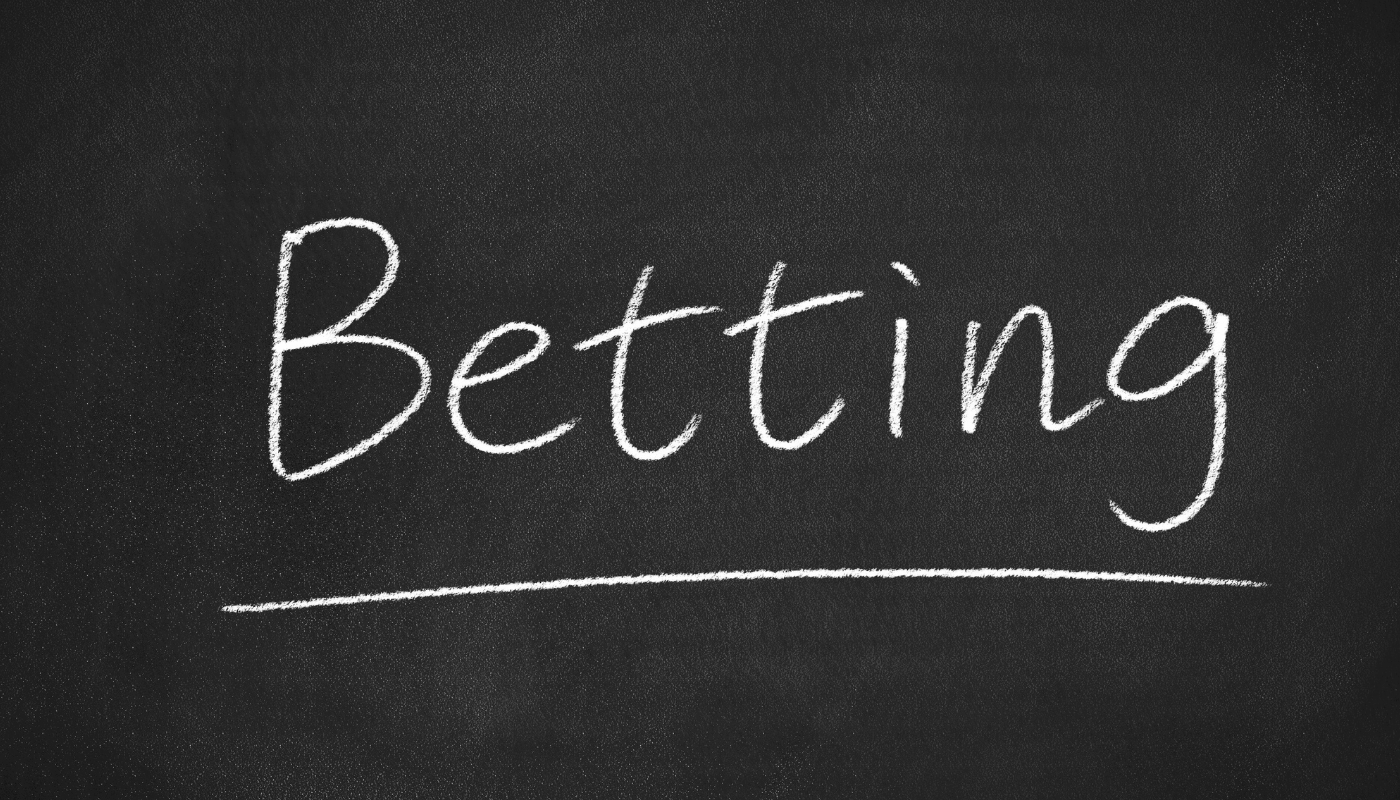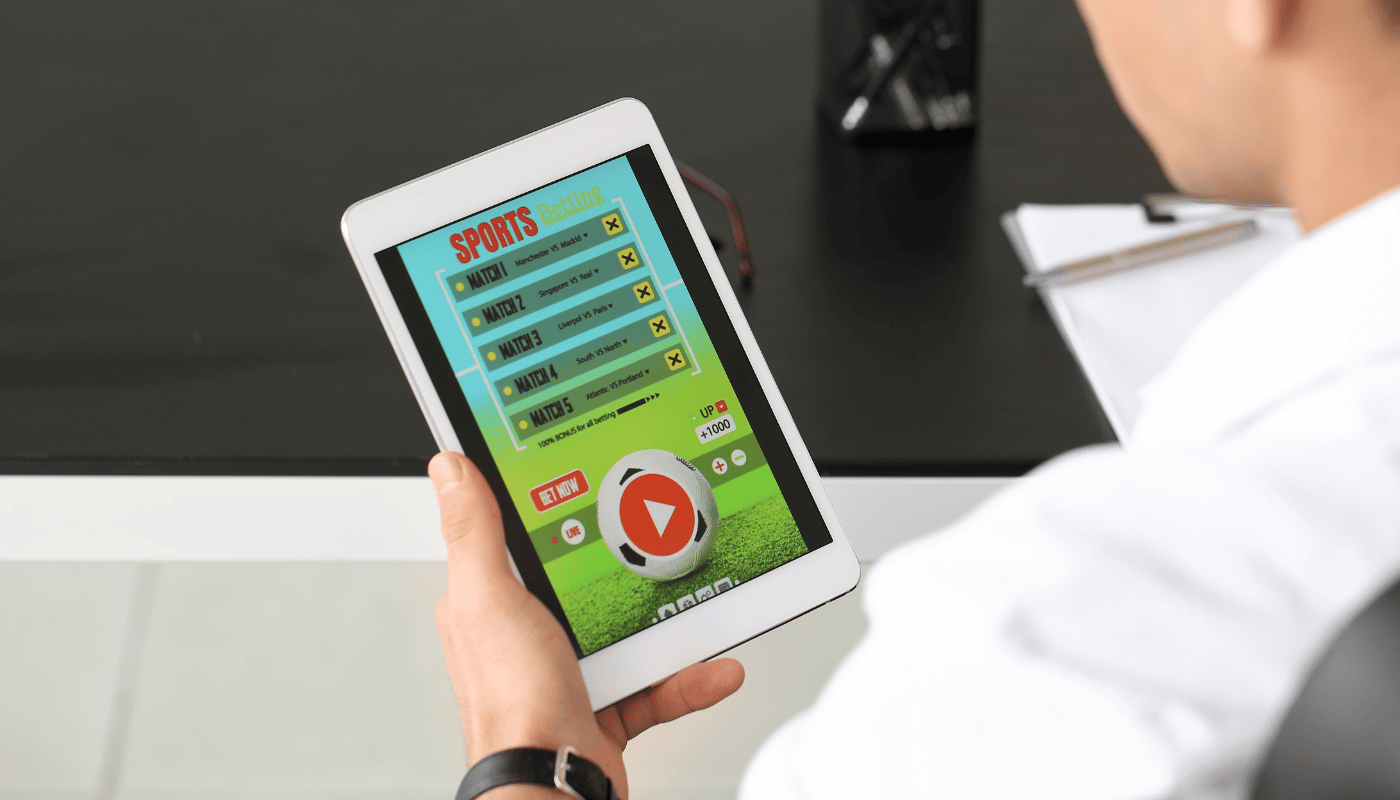In the competitive arena of sports, ‘bell ringers’ and ‘dings’ are colloquial terms frequently used to describe what are essentially mild traumatic brain injuries (MTBIs) or concussions. These terms, while seemingly benign, mask the potential severity of such injuries. Without proper attention and care, these mild impacts can lead to significant, lasting health issues for athletes. This exploration sheds light on the critical nature of recognizing, addressing, and preventing these types of injuries within the sporting world.
Unpacking the Casual Lexicon of Sports Injuries
‘Bell ringers’ and ‘dings’ often refer to moments where an athlete suffers a sharp blow to the head, momentarily leading to confusion or disorientation without a loss of consciousness. Symptoms might include a fleeting vision of “stars” or a “ringing” sensation in the ears post-impact. Despite the temporary nature of these symptoms, they signal a concussion—a mild but significant brain injury that disrupts normal brain function.
The Danger in Downplaying Symptoms
The informal way in which these injuries are often discussed can contribute to a culture where head injuries are not taken as seriously as they should be. Athletes, eager to remain in play, might underreport the severity of their symptoms. However, even minor brain traumas can lead to long-term neurological issues, emotional challenges, and an increased risk of subsequent concussions if not properly managed from the outset.
Identifying Concussion Signs Early
Prompt recognition of concussion signs is essential for protecting athletes. Symptoms can range widely, including headaches, dizziness, confusion, issues with balance, memory problems, and sensitivity to light or noise. It’s crucial for everyone involved in sports—coaches, fellow athletes, and medical staff—to be alert to these signs and to prioritize the athlete’s health, even when they claim to feel okay.
Steps Toward Recovery
A concussion demands a strategic recovery plan, centered around rest and gradual re-engagement with physical activities. Healthcare professionals often recommend a step-by-step return to play, ensuring the athlete is fully healed before resuming sports. Educating the sports community on the dangers of rushing this process is critical to changing perceptions and practices around sports-related brain injuries.
Preventative Measures
Creating a safer sports environment starts with valuing athlete health above the game. Enforcing safety measures, utilizing appropriate protective gear, and playing by rules that reduce head injuries are fundamental to prevention. Moreover, teaching athletes to recognize and report concussion symptoms can dramatically change the landscape of sports safety.
While ‘bell ringers’ and ‘dings’ might trivialize the experience of concussions, the reality is far from minor. By fostering greater awareness, ensuring diligent injury management, and prioritizing preventative actions, the sports community can protect its athletes, allowing them to excel without risking their long-term health and well-being.



Leave a Reply